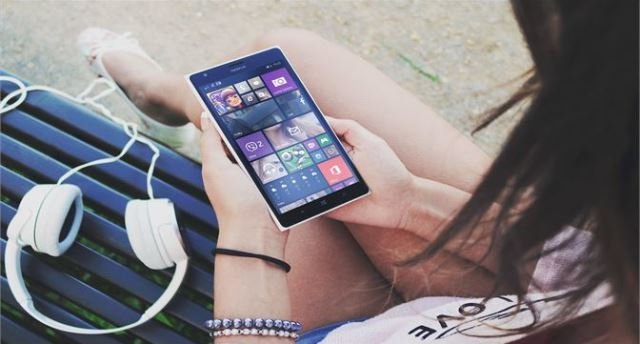India’s proposal to mandate the integration of hardware, which will cost $30, to receive live TV signals directly on smartphones, without relying on cellular networks, has faced opposition from major tech companies, including Samsung and Qualcomm.
 According to a Reuters news report, major technology companies argue that the required hardware changes will increase the cost of smartphones by approximately $30.
According to a Reuters news report, major technology companies argue that the required hardware changes will increase the cost of smartphones by approximately $30.
India is exploring a policy that would require smartphones to be equipped with hardware for live TV signal reception, utilizing ATSC 3.0 technology popular in North America. This technology allows for precise geo-locating of TV signals and delivers high-quality images.
However, companies such as Samsung, Qualcomm, and telecom network manufacturers Ericsson and Nokia claim that their existing smartphones in India are not compatible with ATSC 3.0. They argue that making these devices compatible would necessitate additional components, resulting in a cost increase of $30 per smartphone. Some companies are concerned that this move could disrupt their existing manufacturing plans.
In a joint letter addressed to India’s communication ministry, these companies also expressed concerns about potential negative effects on battery performance and cellular reception due to the integration of direct-to-mobile broadcasting technology. The letter, dated October 17, stated, “We do not find any merit in progressing discussion on the adoption of this.”
The proposal is still in the deliberation stage and may be subject to changes, with no fixed timeline for implementation.
Live TV broadcast features on smartphones have experienced limited adoption in countries like South Korea and the United States due to a lack of device support for the technology.
This pushback from tech firms is the latest in a series of disagreements within India’s smartphone sector. Recent months have seen opposition to India’s efforts to make phones compatible with a home-grown navigation system and proposals to mandate security testing for handsets.
For the Indian government, integrating live TV broadcast capabilities into smartphones is seen as a way to alleviate congestion on telecom networks caused by increased video consumption.
The India Cellular and Electronics Association (ICEA), a lobbying group representing smartphone makers, including Apple, Xiaomi, and others, privately expressed its opposition to the move in a letter dated October 16. They pointed out that no major handset maker globally currently supports ATSC 3.0.
